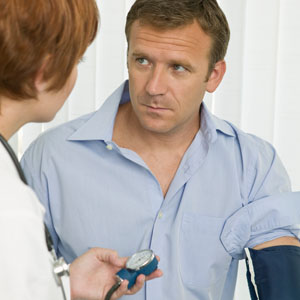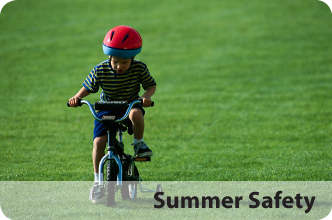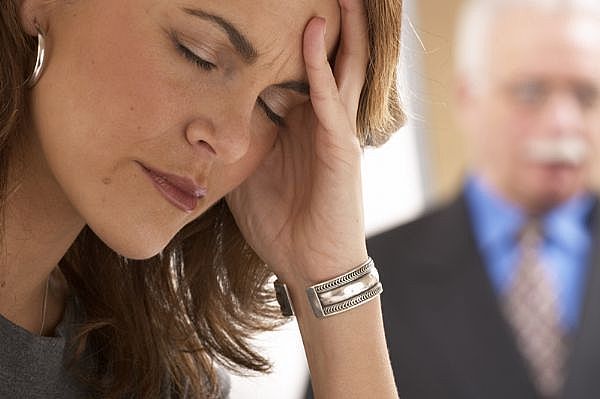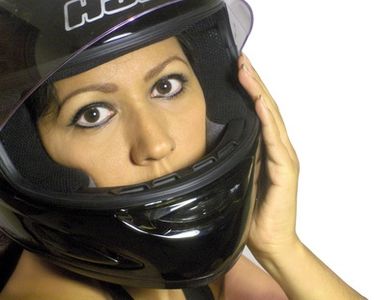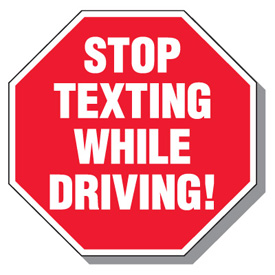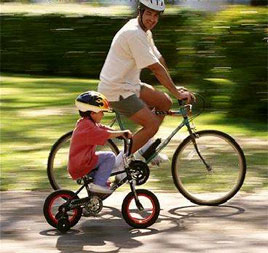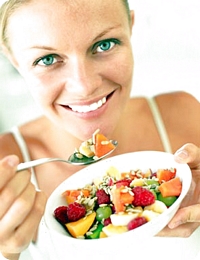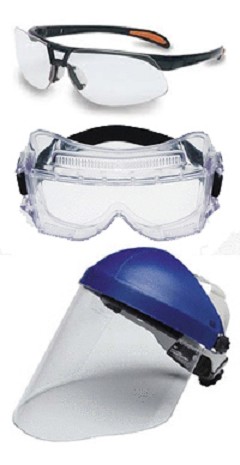 Insufficient sleep may not have led the news in reporting on serious accidents in recent decades. However, that doesn’t mean fatigue and inattention due to sleep loss didn’t play a role in these disasters. For example, investigators have ruled that sleep deprivation was a significant factor in the 1979 nuclear accident at Three Mile Island, as well as the 1986 nuclear meltdown at Chernobyl.
Insufficient sleep may not have led the news in reporting on serious accidents in recent decades. However, that doesn’t mean fatigue and inattention due to sleep loss didn’t play a role in these disasters. For example, investigators have ruled that sleep deprivation was a significant factor in the 1979 nuclear accident at Three Mile Island, as well as the 1986 nuclear meltdown at Chernobyl.
Investigations of the grounding of the Exxon Valdez oil tanker, as well as the explosion of the space shuttle Challenger, have concluded that sleep deprivation also played a critical role in these accidents. In both cases, those in charge of the operations and required to make critical decisions were operating under extreme sleep deprivation. While the Challenger disaster put the multi-billion dollar shuttle program in peril, the Exxon Valdez oil spill resulted in incalculable ecological, environmental, and economic damage.
via Sleep, Performance, and Public Safety | Healthy Sleep.
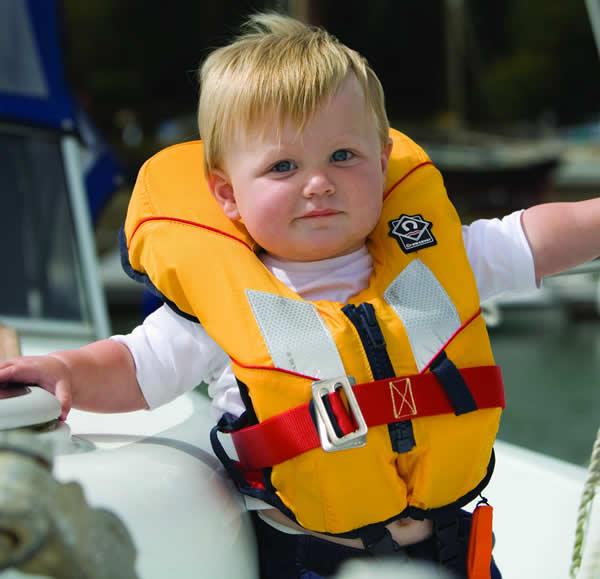 Boaters enjoy the feel of sun and spray. So it’s tempting to boat without wearing a life jacket – especially on nice days. But modern life jackets are available in a wide variety of shapes, colors, and sizes. Many are thin and flexible. Some are built right into fishing vests or hunter coats. Others are inflatable — as compact as a scarf or fanny pack until they hit water, when they automatically fill with air.
Boaters enjoy the feel of sun and spray. So it’s tempting to boat without wearing a life jacket – especially on nice days. But modern life jackets are available in a wide variety of shapes, colors, and sizes. Many are thin and flexible. Some are built right into fishing vests or hunter coats. Others are inflatable — as compact as a scarf or fanny pack until they hit water, when they automatically fill with air.
